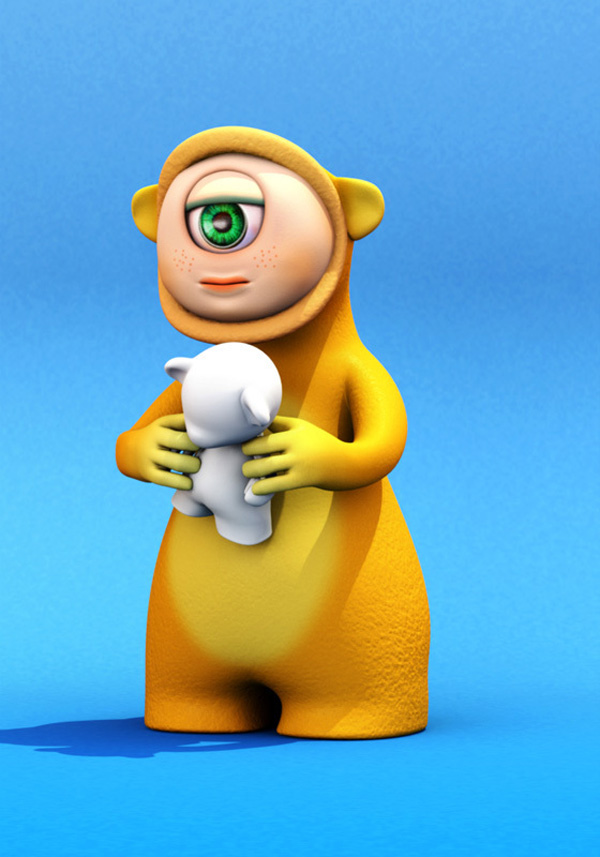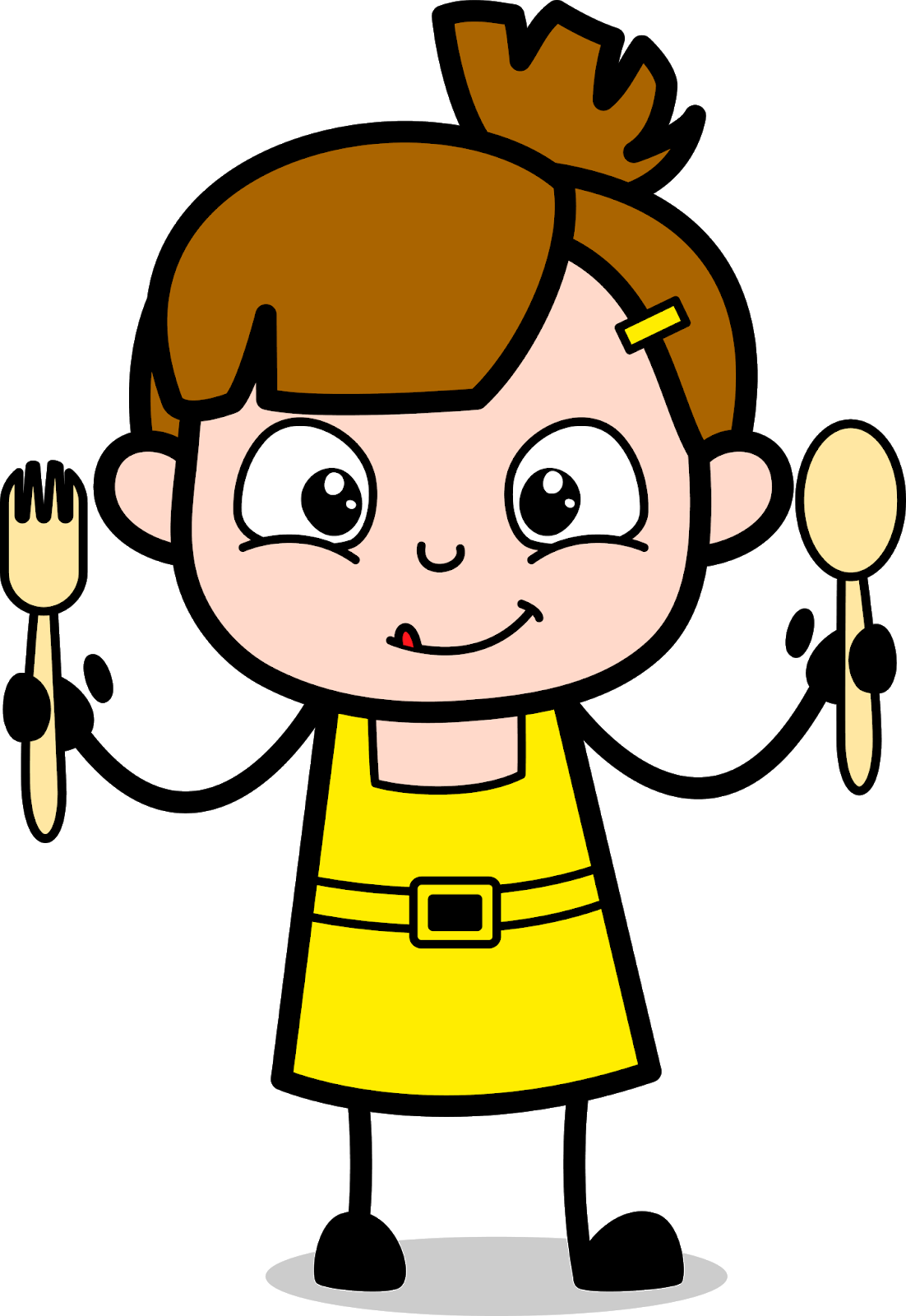
Recently, the European Consumer Organization stated a position which calls for food manufacturers to stop marketing strategies like the use of brand mascots and licensed media characters marketed to children. Studies suggest that cartoon characters help children recognize the brand, and aim to create a positive attitude and loyalty towards the product. Ī review of literature of eleven studies published between 20 conducted mainly in the USA and European countries reported that cartoon characters may increase children’s appetite, preference for, choice and intake of foods compared with no character branding, especially for energy dense and nutrient-poor foods (e.g.

Indeed, it has been widely documented that in children and youth, cartoon characters on product packaging attract more attention, increase products’ appeal, and even change perceptions of product taste. The positive feelings associated with these characters will transfer to the product or brand, increasing brand preference, loyalty, and recognition. Socio-cognitive theories and interaction models suggest that children tend to have positive associations with familiar and likable characters. The food industry often uses cartoon characters on their product packaging to heighten appeal among children. Furthermore, in Mexico, ready-to-eat breakfast cereals provide 7% of the total energy intake among Mexican preschoolers. Most breakfast cereals available in the Mexican market (69%) in 2014 were classified as “less healthy” according the United Kingdom Nutrient Profiling Model. These discretionary foods represent 25% of daily caloric intake among Mexican school-aged children and adolescents. Consumption of discretionary foods, like breakfast cereals that contain high amounts of saturated fat and/or added sugar, is a major contributor to childhood obesity. Mexico has one of the highest prevalence of childhood obesity worldwide. This effect was smaller among parents, potentially due to children influences of parental decisions during food purchasing.

ConclusionĪmong this sample of Mexican adults, a cereal with a cartoon character on the packaging was more often perceived as “not good to buy for children” compared to a cereal without it. No differences were observed in the proportion of participants answering “Don’t know” across experimental groups. The adjusted model showed that participants in the “cartoon character” condition were 1.67 (1.45–1.94) times more likely to consider the cereal as being “Not good to buy for children” than those in the control condition ( p < 0.001). Differences in the effect of the cartoon character across demographic characteristics were tested by introducing multiplicative interaction terms. Multinomial adjusted logistic models regressed responses to this question (Yes = 0, No = 1, 2 = Don’t know) on experimental condition. Participants were asked: “Is this a good cereal to buy children?” with the response options “Yes”, “No”, or “Don’t know”.

Participants were randomly assigned to a “cartoon” condition ( n = 1789), in which they viewed a breakfast cereal box with a Minion character on the front of the package, or the “control” condition ( n = 1966), in which the same cereal box was displayed with no character on the package. MethodsĪn experimental study was conducted with adults from online consumer panels in Mexico ( n = 3755). We evaluated the effect of a cartoon character on breakfast cereals on beliefs about buying them for children, as well as whether demographic characteristics modified this effect. Cartoon characters on processed food packaging increase the perception of product preference among children, but their effect among adults has rarely been examined.


 0 kommentar(er)
0 kommentar(er)
